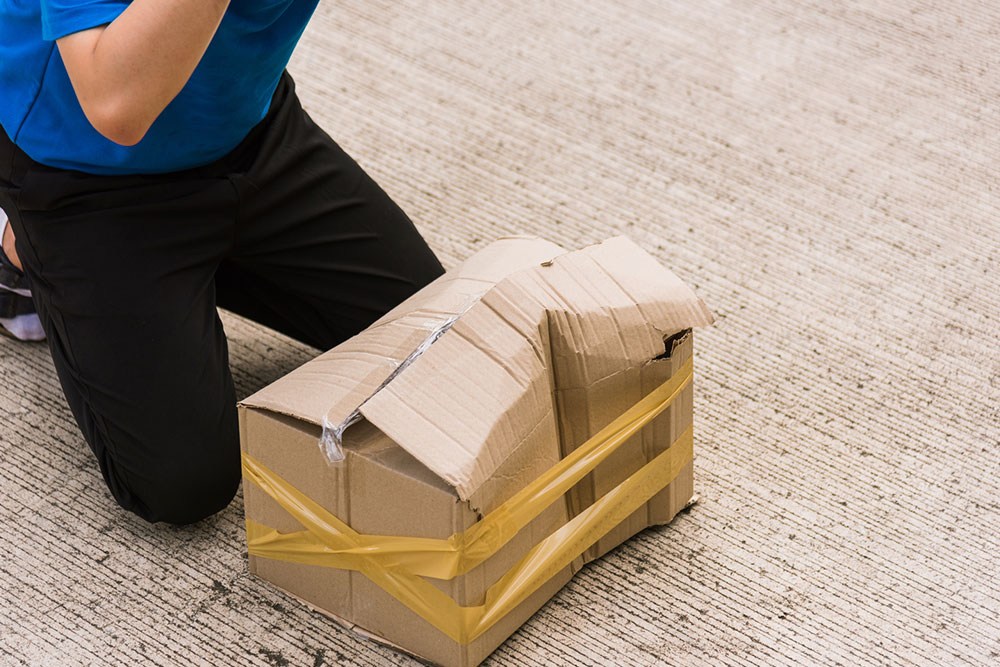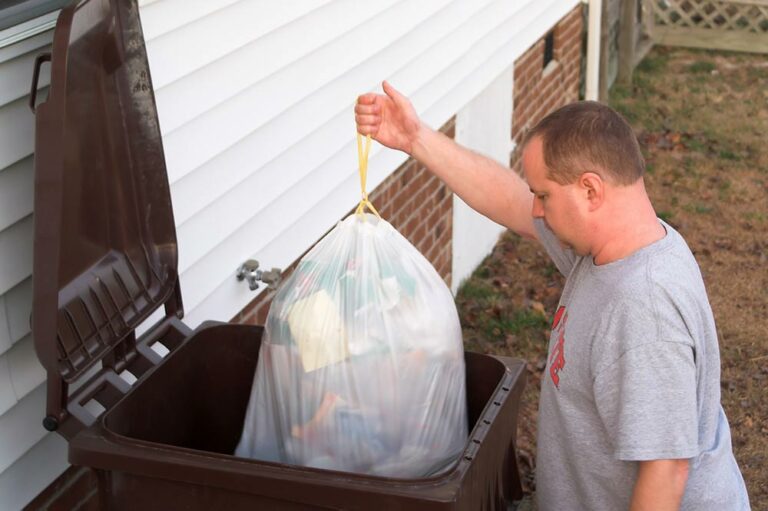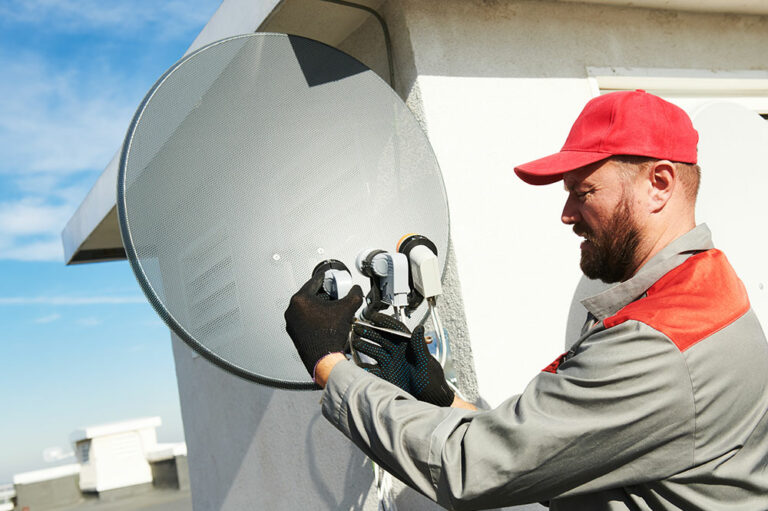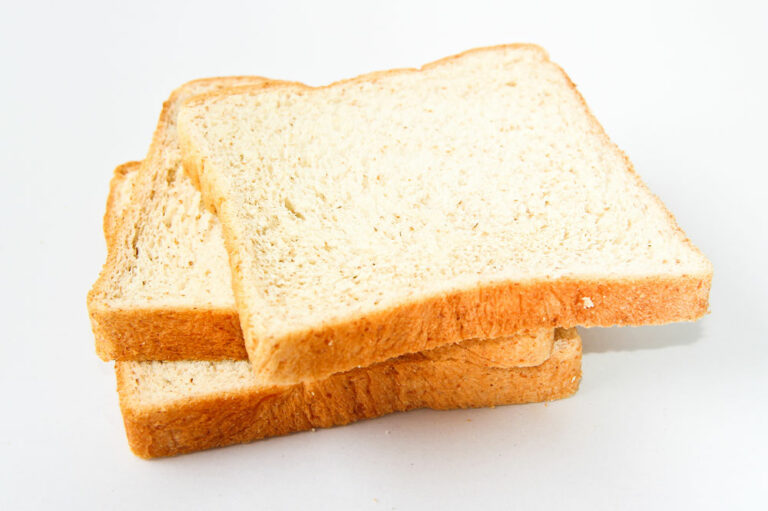5 mistakes to avoid with resealable packaging

Packaging of a product plays an important part in customer experience. The quality of packaging, ease of opening the package, and use of recyclable or biodegradable materials can also influence consumer opinion. This is why one may opt for resealable packaging to make it easy to store and use the product. When choosing resealable packages for products, avoiding the following common mistakes can help one ensure a good customer experience:
1. Defective bags
One of the potential issues with resealable packaging is that it may fail to serve its only purpose if damaged. For instance, the package may pop open after it has been sealed. So, the issue here is that the seal is not secure or sticky enough to stay shut. This is a major issue as resealable packaging is often used for perishable items like food. If the seal pops open, the contents may leak, making a mess. To avoid this mistake, one should test the seal beforehand.
2. Overlooking thickness
The ideal thickness of a package depends on the kind of product. Choosing a material that is adequately thick also improves the durability of the package and determines its reusability. One can also trust a thicker material to carry heavier products with ease.
3. Choosing the wrong size
Apart from thickness, size plays an important role in determining the durability of a package. If it is too small, the objects will push against the seal, either ripping it open or damaging the packaging. This will render the resealable pack useless. So, one should choose the right size of the package that can comfortably hold the product.
4. Lack of instructions
Storage instructions are crucial for products, especially when selling packaged food. A clear set of instructions on how to store and use the resealable package can ensure the pack is used optimally. One may even offer food thawing and freezing instructions if required.
5. Choosing the wrong design
Another mistake to avoid is overlooking the kind of resealable package to use. For instance, one should consider if a transparent resealable package is better suited for the product or would an opaque package better protects the contents. Some research about customer preferences and how products react with exposure to light can help one choose the right design.










